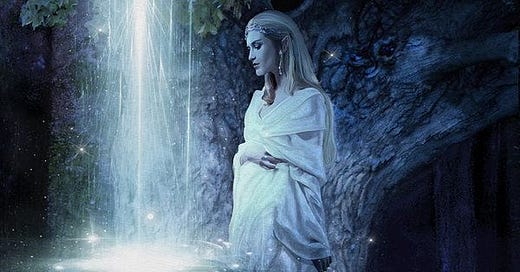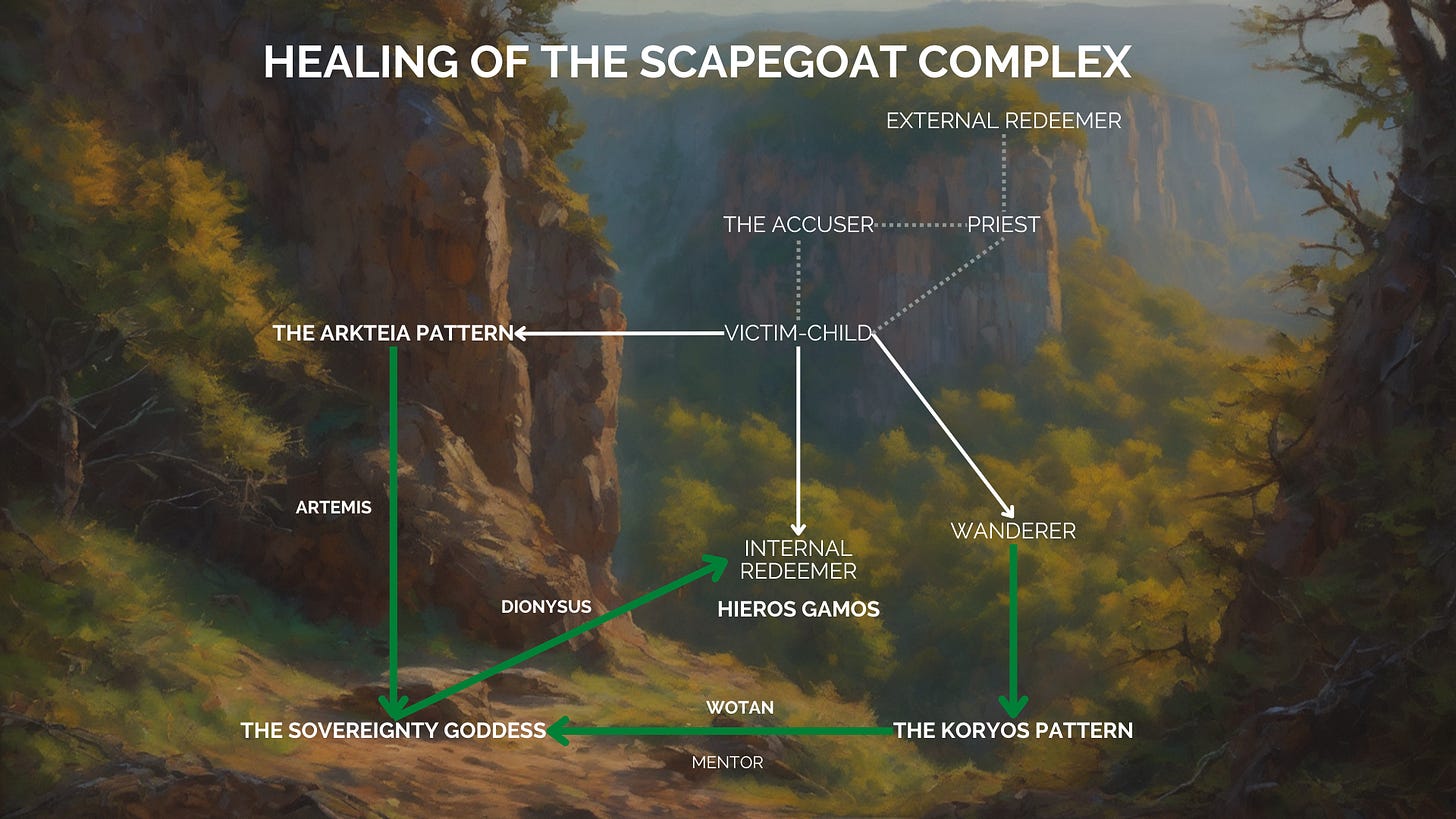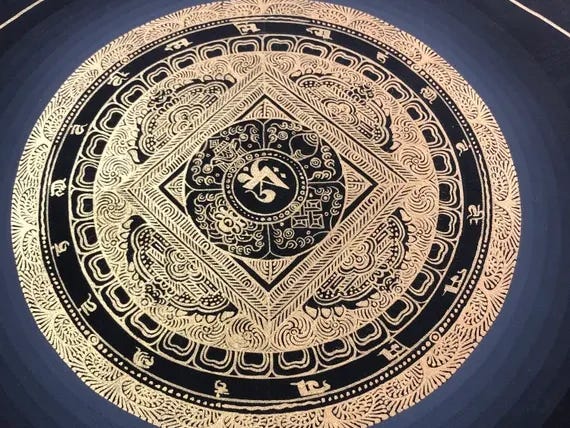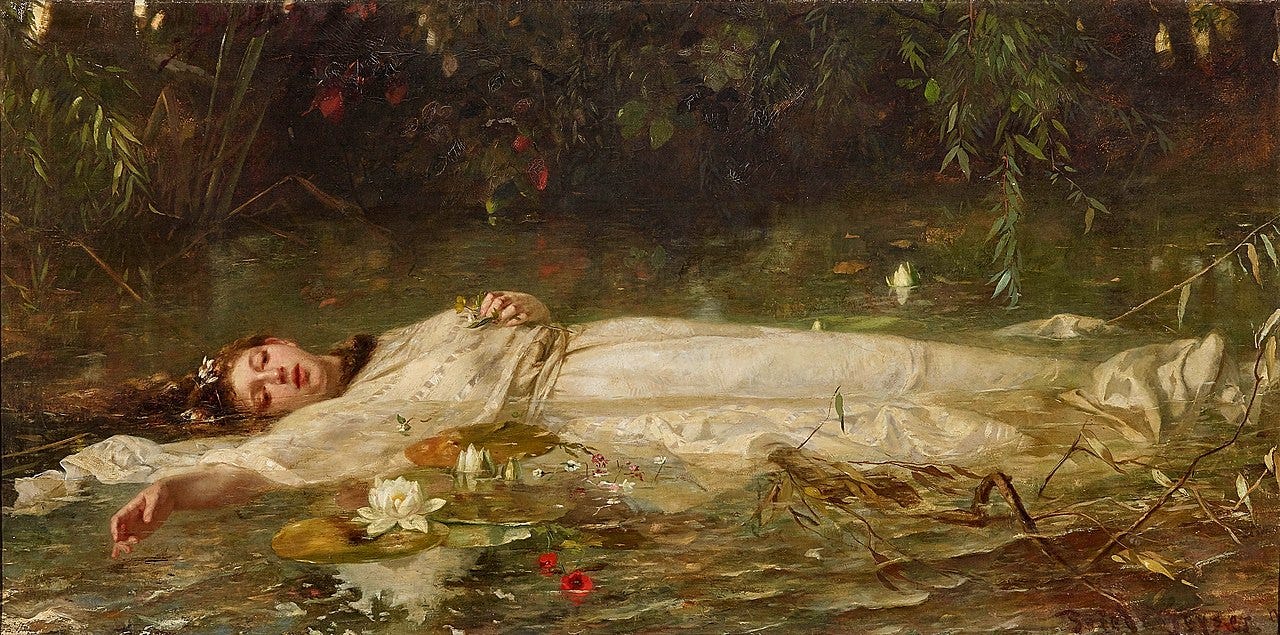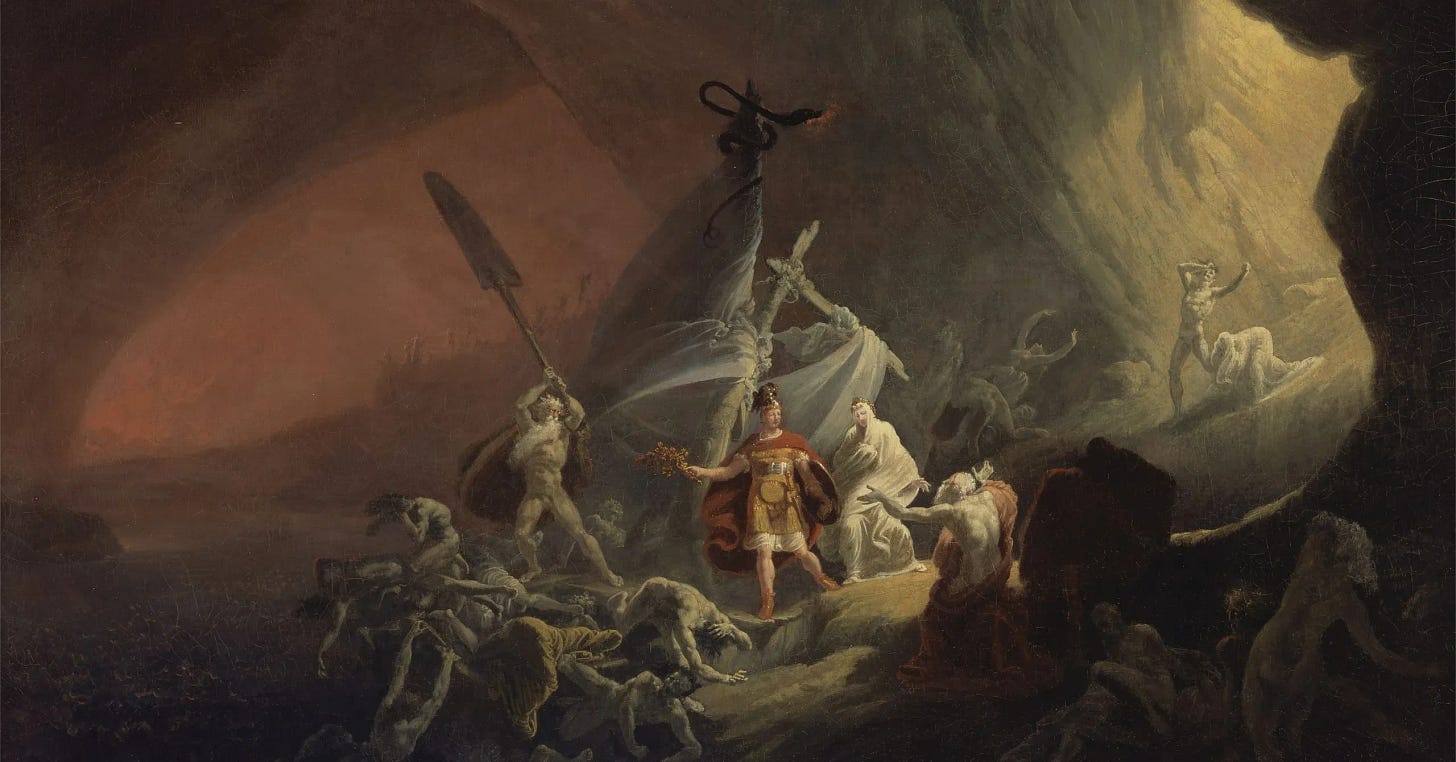I have been for years trying to work through what is called the scapegoat complex. Which is part of my healing journey. Where in the article The Korybantic Path I had written that to successfully reintegrate soul fragments, it is crucial for one to establish a healing relationship with these parts of oneself. This also involving recognizing, accepting, and showing compassion towards them. Expressing unconditional love and acceptance then further helps these fragments feel welcomed and valued, encouraging them to reintegrate into the person's whole self. Which also means countering the internalization of what the accuser aspect makes one belief about these aspects. The accuser aspect, which represents internalized criticism and self-doubt, creates significant internal conflict. Overcoming this means consistently challenging these negative internal voices and replacing them with compassion and understanding. This requiring a safe and nurturing space for the individual to heal. Which also ties directly into the victim-child aspect. Which you can also read more about in the article The Unseen Burden: Grappling with the Scapegoat Complex. The scapegoat complex is deeply rooted in feelings of shame, self-blame, and being unfairly burdened with others' shadows. Overcoming this requires confronting long-held beliefs about oneself, often ingrained from childhood.
Family Dynamics and the Identified Patient
This victim-child aspect relates to the wounded inner child, which symbolizes unresolved emotional pain or trauma from past experiences, often stemming from childhood. Which in my case is not a singular aspect, but split into various inner fragments instead. Which also all have their own role, based on the trauma they carry or tried to protect us from. So these aspects that carry the trauma may they be protectors or inner child aspects, fall under the victim-child aspect within the larger framework of the scapegoat complex. Which is part of many people’s psychological fabric, as it sadly has been a long time part of our own culture. To operate from the lens of marginalisation of that what is seen as “other”. Thus when one embodies such qualities seen as “other” one is projected upon. Made into the problem to be solved, the identified patient within the family.
This person within a family is labelled as the one with a problem, typically exhibiting symptoms like anxiety, depression, behavioral issues, or other psychological distress. This person is often seen as the main or sole source of dysfunction within the family unit. In family systems theory, it's understood that the identified patient's symptoms are often a manifestation of broader issues within the family system. In other words, the IP's behavior might be a way of expressing or coping with unresolved conflicts, dysfunctions, or tensions within the family as a whole. The identified patient is also scapegoated by the family, meaning they are unfairly blamed for problems that are actually rooted in the family system as a whole. This can relieve other family members of responsibility and create a false sense of resolution. Through which they want to absolve themselves of their own shadow, the behaviours and unconscious content, they are not willing to admit to. Such as general dysfunction in the family, or even emotional abuse, neglect or threats bordering on physical abuse.
Confronting Trauma and Emotional Burden
So when it now comes to the different aspects, and especially the ones that carry trauma, this ties directly as I said into the victim-child aspect of the scapegoat complex. Normally the tied emotions are kept at bay through people pleasing behaviour, or a protective persona that sees itself as the strong one to carry the burden of the shadows of others, or the collective. It is when the persons limits are reached, that the emotions walled off within can flow. Then, as the proud but uneasy strength falls away, the alienated ego finds itself rawly experiencing its exile, feeling again the unhealed wounds and grieving for both the child and the adult burdened with the experience of such pain.
The Descent into the Underworld
For me the article A Tale of Love and Loss, ties both into childhood trauma, but also symbolically is me grieving both Renata and the pain tied to my own childhood and inner children at the same time. Where in Finding Hope in an Unexpected Place, I had written that I did not have the emotional strength left to go on. Which directly ties into that proud but uneasy strength, which has to fall away. Which is when a descent to the wilderness or underworld (perhaps a numbing severe depression) where thus the underlying confusion, despair, loneliness, fear and rage are met and suffered, occurs. This can take many months, before this process is fully completed. In this descent there are also no available responses from the old levels of effort and will, nor are there easy or collective solutions either. This process often occurs in isolation, without external validation or support. So one is left to navigate this dark period alone, which can be profoundly disorienting and frightening. As Sylvia Brinton Perera wrote this experience is like that of Inanna on the stake or Christ on the cross. Like you are being burned alive, feeling a deep pain that just does not seem to stop. Though it eventually does.
Perera in her book writes “As the alienated persona-ego feels defeated, the Self, experienced as guide, support and destiny, can also be met as reality. Then the individual ego, up against the facts of its imperfect life, is permitted to see its true limitations and riches, together with its valid strengths. It is permitted to find and create its personal style, and to discover the voice with which to express its individual experience.”
The process of dis-identification from the complex also comes about through work with the victim-child. This part, still tied to the archaic Self, and the ouroboric state of projective identification (tied to the negative bad conscience projected upon it and identified with), has to experience primal acceptance through transference and also through the images and affects that come up from the depths of the unconscious. Such acceptance leads to the re-creation of the world of the Mothers, the matrix of life in the maternal, symbiotic Self. Think also here my writings about the Sovereignty Goddess. Think the article The Sovereignty Goddess and the Balance of Divine Forces, or also Reconstructing the Proto-Indo-European Sovereignty Goddess. Which is about reconnecting to the undistorted, whole Feminine in both its life giving and life taking essence. Uniting the halves normally split within the ouroboric state of projective identification, into good and bad. The Sovereignty Goddess reconciling these halves so it resolves the splitting of the feminine in opposites.
Perera further writes that “This is discovered through regressive transference. Here the hidden, fixated victim-child can be found again in its miserable nest of self-hate and related to with caring empathy. An emotion that scapegoat-identified individuals have so rarely experienced toward themselves.”
Transformation Through Pain
So for myself the last month I was on purpose seeking out positive interactions that were genuine. Such as what I wrote about in “Finding Hope in an Unexpected Place”. The interactions have to be genuine and one has to be vigilant about any underlying shadow material or Anima projections that might derail it. As only these kind of experiences and interactions not driven by anything underlying would allow for the necessary breakthrough, and thus release a significant amount of pent-up emotions. Which through regressive transference can bring up the needed underlying feelings that need to be processed and worked through, allowing one to feel underlying feelings of geborgenheit, which the scapegoat-identified individual has not felt before in their life. When I for that period of interacting with the person at the ice cream place, would come home, I would sit down on my bed and started to cry. It made me feel like someone finally after decades cared. That I finally mattered. Crying and crying about it, until I started feeling this sense of being held internally. That I described as a warm cosy blanket, soothing and calming. Like a warm hug that made me feel nice and relaxed. I felt safe in that moment.
Yet now it is time for me to rest, as such an experience is emotionally and then also psychologically taxing to go through. Yet it is through feeling through this long buried pain that the prima materia can be transformed into gold. That with this the divine child archetype can be once more reborn. From its initial state of fragmentation and dismemberment, towards one of unity and wholeness. As Dionysus descended, within the Orphic framework, to meet his primal underworld twin Zagreus, and thus reclaim the shattered fragments of his soul, from this descent into the underworld one also again rises. Like Iacchus who with his torches leads one out of the underworld.

